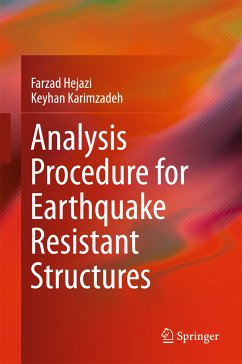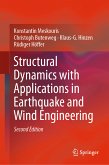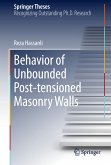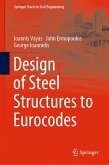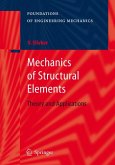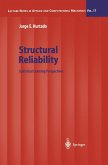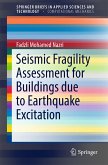This book consists of 4 chapters: The first chapter offers an introduction, while Chapter 2 discusses moment resistance frame. The final two chapters explore shear wall frames and brace frames respectively. Each chapter follows the same structure, explaining step by step all the necessary algorithms, equations and procedures for calculating 1) loads, 2) the centre of mass, 3) stiffness of structures, 4) centre of stiffness, 5) lateral loading, 6) the distribution of lateral loads, and 7) the lateral displacement.
Demonstrating the implementation of real building analysis, the book provides architectural drawings and structural plans at the beginning of each chapter.
Dieser Download kann aus rechtlichen Gründen nur mit Rechnungsadresse in A, B, BG, CY, CZ, D, DK, EW, E, FIN, F, GR, HR, H, IRL, I, LT, L, LR, M, NL, PL, P, R, S, SLO, SK ausgeliefert werden.

